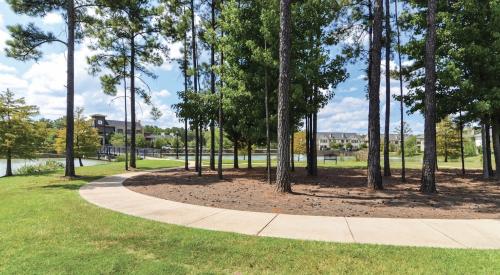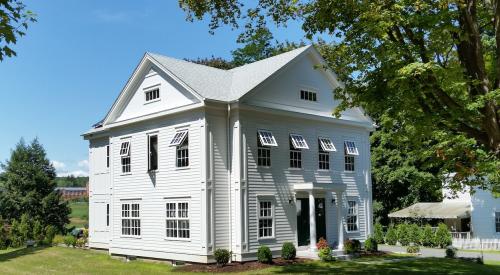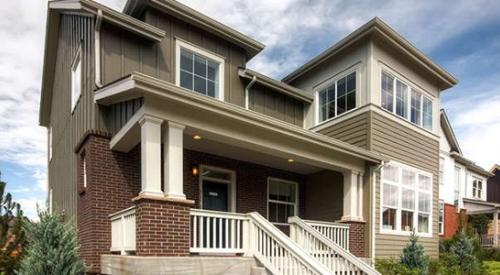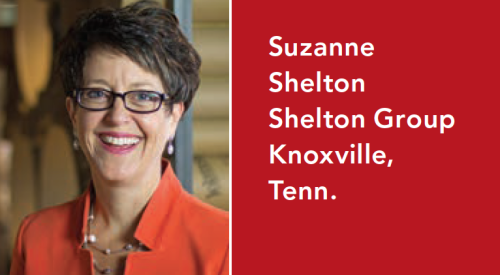Speaking at the second annual National Green Builder Conference (held April 4-7 in Denver), Dr. Mark Bundy hit the nail on the head. "Smart growth and green building," Bundy said, "go hand in hand."
Bundy is Director of the Education, Bay Policy and Growth Management Unit with the Maryland Department of Natural Resources and is leading a state-wide Green Building Program in Maryland.
Smart growth in Maryland, according to Bundy, is based largely on putting people back where there is infrastructure. "Government," he says, "needs to set the example."
Maryland is, in fact, seeking to reduce institutional barriers, help streamline the development process and develop guidelines for environmental sensitive designs. The Maryland Smart Growth Code also targets high crime areas and earmarks money for local schools.
As another example, the new comprehensive plan for the city of Denver has, for the first time, a section on environmental sustainability.
Growth pressures were a consistent topic at the green building conference. Currently, 37 states have growth mandates. Soon every state will.
Still, across the country, a consensus is slowly building between builders and government over the desire to slow sprawl and preserve open spaces by encouraging higher density, but environmentally-sensitive in-fill development.
Builder/Government Consensus
The building industry, in effect, is telling government: We will build more energy-efficient, resource-efficient and environmentally-sensitive homes and communities in exchange for the acceptance of higher densities on closer-in sites.
But the acceptance is slow. Not every community recognizes the inevitable connection between wanting more jobs in a community and the need to provide affordable homes to house the people in those jobs. Moreover, according to architect William Kreager of Mithun Partners, there are "silos of responsibilities" in most local governments that make consensus building difficult. Local governments, said Kreager, "need to open up and realize we all have a common goal. They need to let ‘compact development’ go thru a PUD style process."
And beyond the building of a builder/government consensus on the local or regional level, what’s needed is a major educational and promotional effort to sell the concept to the public - a public that claims to dislike both sprawl and density.
Builders and developers must create a built environment that people want and that works. As an industry we must showcase examples of higher density or "compact" developments that offer privacy, sustainability, environmental sensitivity and a highly desirable lifestyle.
Government must insure the home buying public that such developments are secure; safe from pollution and crime; have access to transportation, public services and quality schools; and will maintain their value over the long term.
Changing public perception won’t be easy, but the formula for such an effort certainly is simple. NAHB Vice President /Treasurer Gary Garczynski summed it up nicely: "It’s a matter of education and leadership."
Buyer Perception Of Green Building Misses The Mark
Home buyer perception of what constitutes green building doesn’t match what these consumers say they really care about, according to market researcher Cheri Meyn, of The Genesis Group.
In a survey of Denver area consumers done in conjunction with the Denver HBA, consumers ranked what they perceived green building to be in the following order:
1. Recycled materials
2. Energy efficiency
3. Preservation of natural resources
4. Healthy indoor air.
But what they really care about (in priority order) is:
1. Energy efficiency
2. Healthy indoor air
3. Preservation of natural resources
4. Recycled materials.
Also See:
Roy Diez's Editorial Archives












